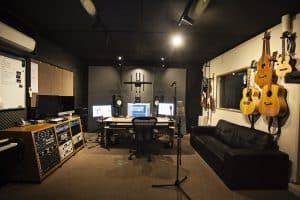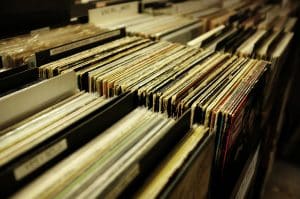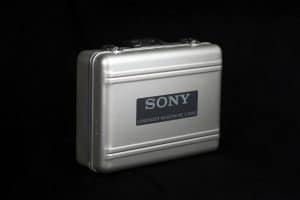Why perform live?
Its gritty, its real, you connect with people at every gig and you are under the knife of public opinion constantly performing live! This is why it is valuable. Being a working covers musician in a city like Sydney is a grind, but it is also a learning curve. Countless bands and solo performers throughout history have forged their path forward from this point. The Beatles themselves were a house band in a humble German establishment for many years before producing the act that would change music history!
Week after week when you play covers you learn from the great song writers. Every time you add a new song from the radio into your repertoire you grow a little, musically and vocally. It’s the shear repetition of this that makes you polished and sharp. Weather you end up in a Sydney pub or in a Sydney Voice Over Studio, it’s time to start thinking about making serious cash from your craft!
Where to start?
So how does one begin? Well first and always foremost is the craft itself. Don’t compromise on your guitar or piano skills. (I refer here of course to the solo musician). Learn from a professional teacher weekly and keep yourself challenged and accountable. Don’t get into stagnant habits where you play the same few songs and licks over and over. Keep pushing the envelope and don’t neglect all the chord shapes and scales that come your way. Once you have a good set of skills to accompany yourself you can be sure the foundation is set for being a strong performer.
Vocals are the most important and for every piece of education and work you put into your instrument you should really double it for your vocal production. Again, get lessons and learn the proper, sound techniques for taking your voice to the next level. I say that your singing is more important than you playing because that is the first thing that people listen to and hear.
The playing is important too, to create context and feeling around your voice, but the average punter really has no idea what is going on with your instrument. He or she “senses” skill and will feel comfortable or not, but with your voice, its right out there for everyone to hear and understand. A strong voice will always get you the call back in a band or in a Voice over Studio Sydney!
Other professional tips:
Be punctual. Turning up with plenty of time to set up and spare is important both in pubs, at weddings and in a Sydney Voice over studio. Not only for your own sanity and comfort, but it also looks good to a manager and gives them the confidence to know you are a person of your word and reliable.
Equipment
Whether you are performing live in pubs or a voice over studio artist, you need the right tools for your trade. Make sure you have a clear, lite weight P/A that can get your voice and instrument across clearly. No matter how much work you put into your skills on the instrument or voice, it is all wasted if you go through a muddy sound system! You shouldn’t need to spend more than $250 on a mic to get started (in fact, Senheiser have changed the game with a base level professional mic for $120 that will do just fine).
What you don’t’ want is a $50 mic from JB Hi-Fi or Tandy. Next, get yourself some powered speakers. QSC’s seem to be an industry standard and are very reliable sound wise. Yamaha’s have similar quality speakers for slightly less, but it is worth doing your homework.
If you are only beginning and don’t have much to invest, some second hand JBL Eons will do the trick for under $1200 a pair. Mackie also have very good priced “thumps” for DJ’s and solo artists performing live. Thought they don’t’ have the clarity of the QSC’s they can certainly get your voice across loud and clear for any basic pub solo gig. A mixing desk is quite easy. A small Beringher will suffice if you are on a budget.
The more recent phenomenon of digital mixing on an iPad is also a great option. Pre-Sonus can sort you out with a great mixing app, a stage box/router for less than $700 if you are iPad equipped performing live. And lets face it, most people need an iPad for lyrics anyway! Don’t be ashamed of using an iPad, even in popular voice over studios these are used as prompts.
Setting up your music and repertoire
On that topic, lets talk about iPads and their use. With an iPad holder and a mic stand, an iPad can be your best friend. While I don’t recommend cold reading of songs for the first time at a gig, you can certainly expand your repertoire by the dozens by having a solid collection of classic hits in a lyric and chord app.
Ultimate Guitar Tabs is free and enables playlists. Beware of the versions you use in Guitar Tabs and make sure they have plenty of user rated stars. There are some flat out wrong chords in there! But with good ears and a couple of listens you will be able to sort out the sheep from the goats as far as chord progressions go!
A preferable app in my opinion is OnSong. This costs a little but is far better organised and reliable than UG. You have to upload your own songs onto OnSong, but once this is done they are accessible and far more readable than UG when performing live. The auto-scroll function is very user friendly and the format just seems to jump off the page for easy readability. Like UG it also has good transpose options You can take songs from E-Chords online and automatically import them to OnSong to save you writing and uploading a whole lot of Word Documents.




